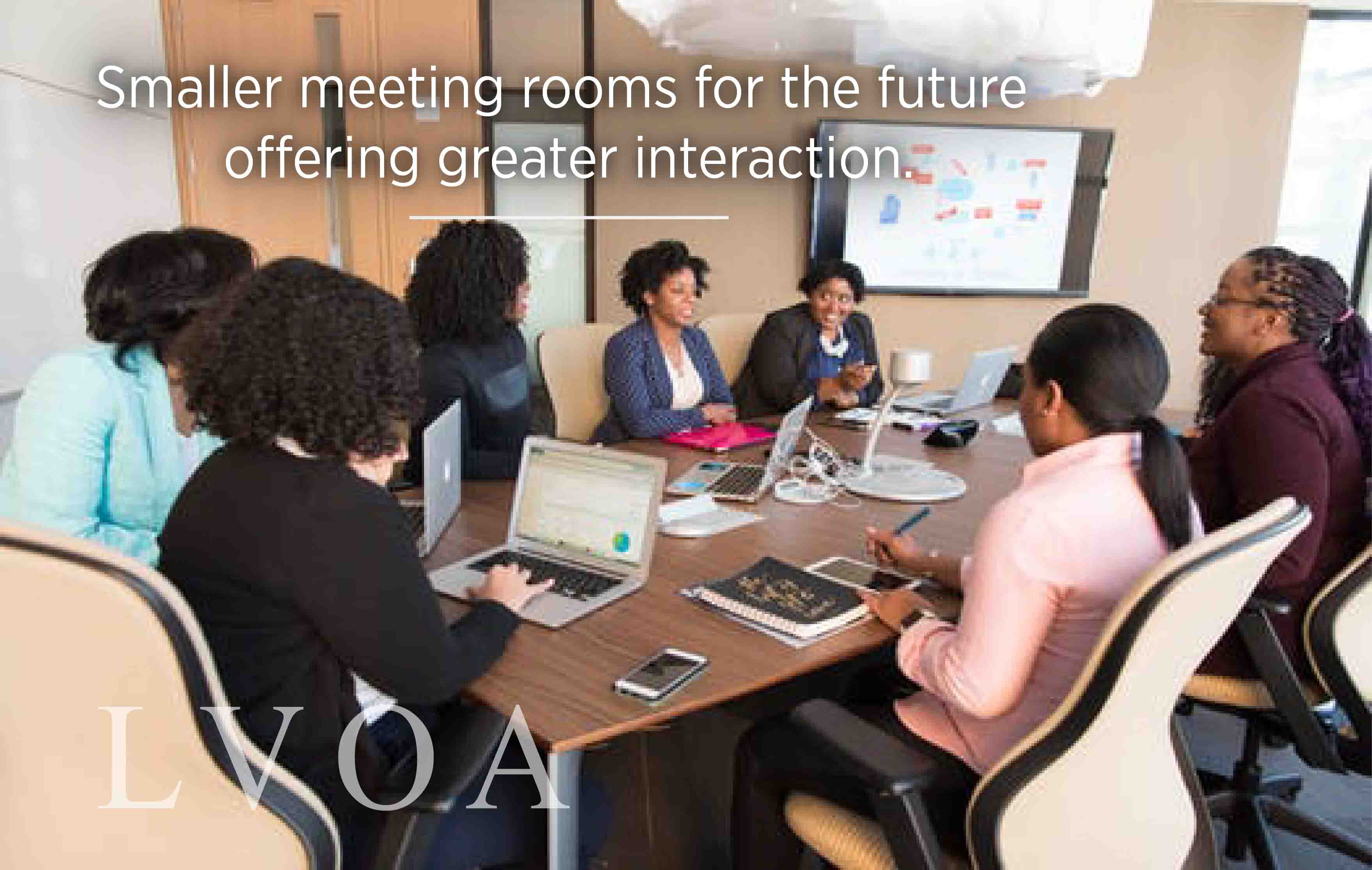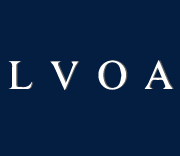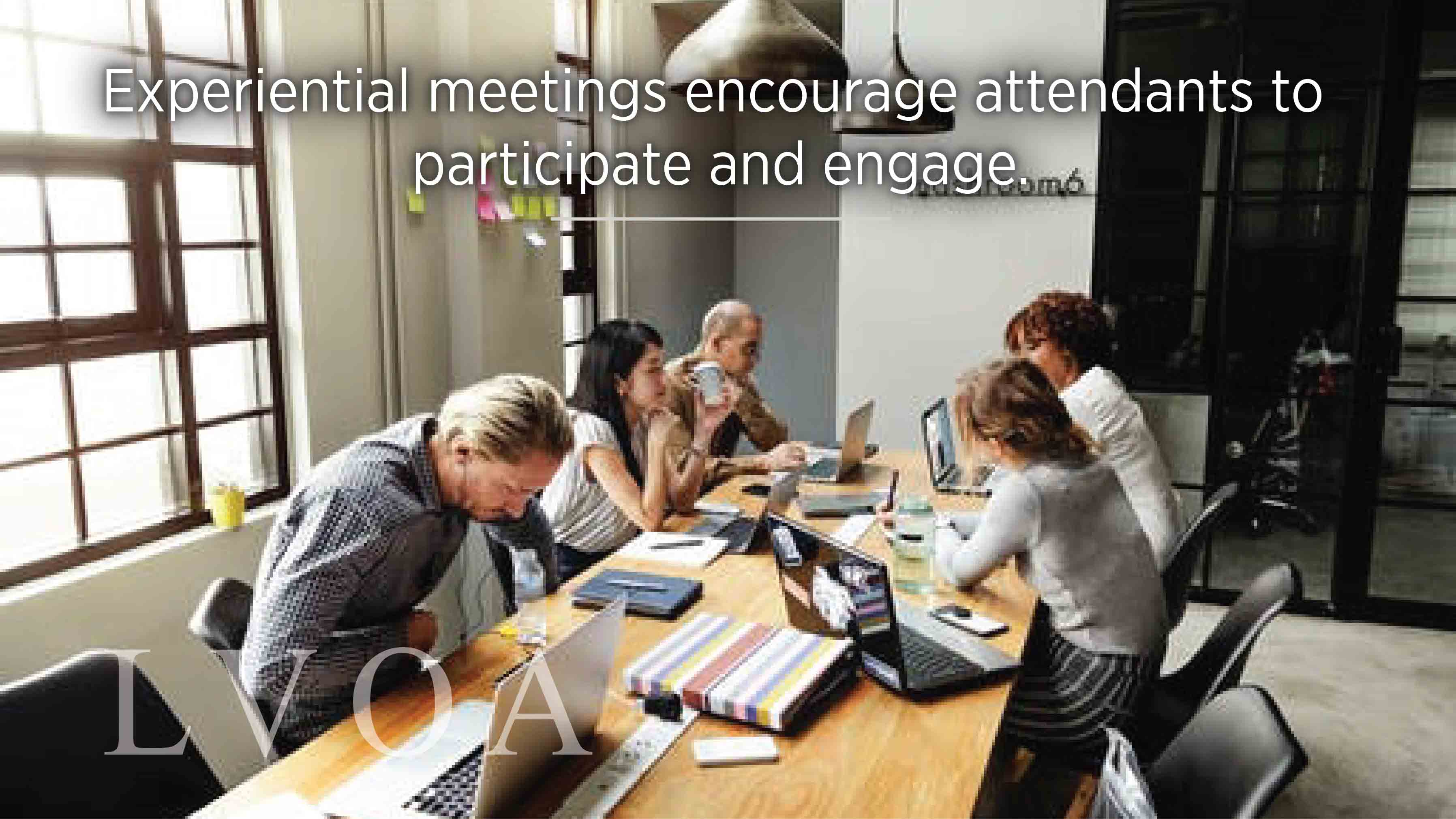Advances in technology, changing demands and tighter budgets are shifting the objective and goals in the meetings industry. In their pursuit of creating memorable experiences, hoteliers are getting more creative to deliver more personalised experiences for delegates.
Large conferences of the past are being traded in for several smaller meetings mainly for their intimate opportunity to connect.
Smaller rooms, home-style settings, networking spaces and a peek at the great outdoors are features that will mark the design of meeting rooms of the future to meet the rising demand of participants with their busier schedules and higher expectations.
For meetings to be able to engage participants’ senses and create experiences that leave lasting high impact impressions, the experiential strategy works for even the simplest meeting. Experiential meetings and events aren’t about creating content for participants to consume, they are about creating opportunities to participate and engage. Here’s how:
Experience creation is the key
The experiential meeting should be designed with the participants’ engagement in mind with every component of the meeting adding up to an opportunity to create lasting impressions.
Get creative with the venue

Help shape the custom experience by offering meeting rooms that are designed to foster creativity, themed food and beverage, and ice-breakers. Also offer outdoor meeting room designs or spaces as well as other physical spaces and activities that promote team building.
Provide a breakout space
Creating an engaging meeting place often means carving out non-traditional areas in the hotel lobby or F&B areas for pop-up opportunities, as lobbies are becoming more activated by people hanging out in them more often.
High quality Internet access is vital
No doubt the hotel’s interior design plays an integral part in the experiential experience, the priority is to be connected by providing high-quality broadband Internet facilities.
Accommodating amenities
Flexible meeting space and room design requires furniture and equipment that allows for multiple flexible layouts. This calls for casual furniture, communal tables, creative partitions and lounge areas. The same goes for movable and portable equipment, charging stations, interactive white boards and other essential tools.
Refreshment breaks mean business
Pay a high degree of importance on the refreshment breaks by implementing more initiatives around health and wellness. Try introducing locally sourced finger foods that allow participants to freely move about the space and mingle with others.
Provide adequate lighting
Light, space and air quality are always going to be among the top priorities that are important to people as these aspects will definitely affect their experience.
Make it interactive
Experiential meetings are not passive, participants want to do just that – participate. They want to be able to take what they hear from speakers and peers and apply it to their work and life.
So whether it is the environmental design of the conference, the sessions that make up the learning component, or the entertainment that happens after hours, each should create an experience that delivers on the promise to help participants connect, learn, and share. If we do not deliver an experience that fulfills that promise, then we are not doing our job.







